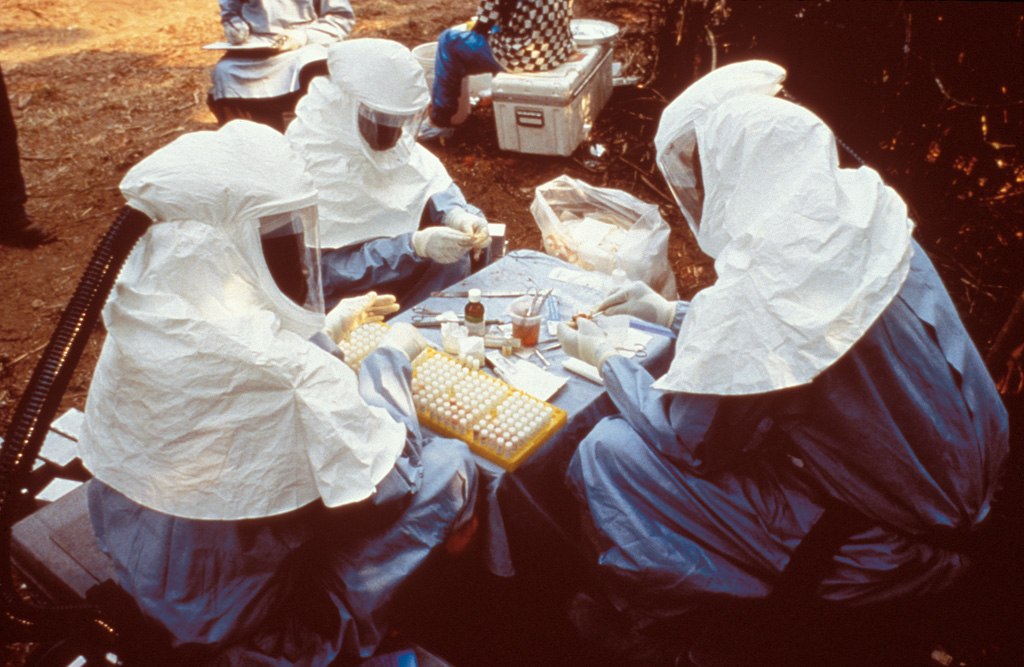Fifty-four people have been diagnosed with the Ebola Virus Disease since May 8, when the World Health Organization (WHO) announced the outbreak in the Democratic Republic of Congo. The Province of Équateur, which includes the densely populated city of Mbandaka, is the area where more cases have been confirmed.
The authorities, worried about a repetition of the West African outbreak from 2013 to 2016, were quick to promote a vaccination campaign of all the people a patient might have infected. Yet, despite the optimistic results of the vaccination program, the proximity of Mbandaka to the capital Kinshasa is still a matter of concern.
J. Daniel Kelly, from the University of California San Francisco, and his colleagues, established a model, based on past outbreaks, to predict the outbreak size with and without vaccination. In the absence of any vaccination program, the estimated outbreak size was 91 cases. That number dropped to 78 when the vaccination coverage increased to 62%.
The group believes that the epidemic has already reached its peak and will not be similar to the 2013-2016 outbreak. As long as higher vaccination levels are accompanied with stronger surveillance and preparedness, the transmission rates will decline and future cases will be detected much faster.
Read the study here. [Open Access]
References:
Kelly, J. Daniel, et al. “Early projections of Ebola outbreak size and duration with and without vaccine use in Équateur, Democratic Republic of Congo, as of May 21, 2018.” bioRxiv(2018): 331447.
Image Credit: Content Providers(s): CDC/ Ethleen Lloyd [Public domain], via Wikimedia Commons





